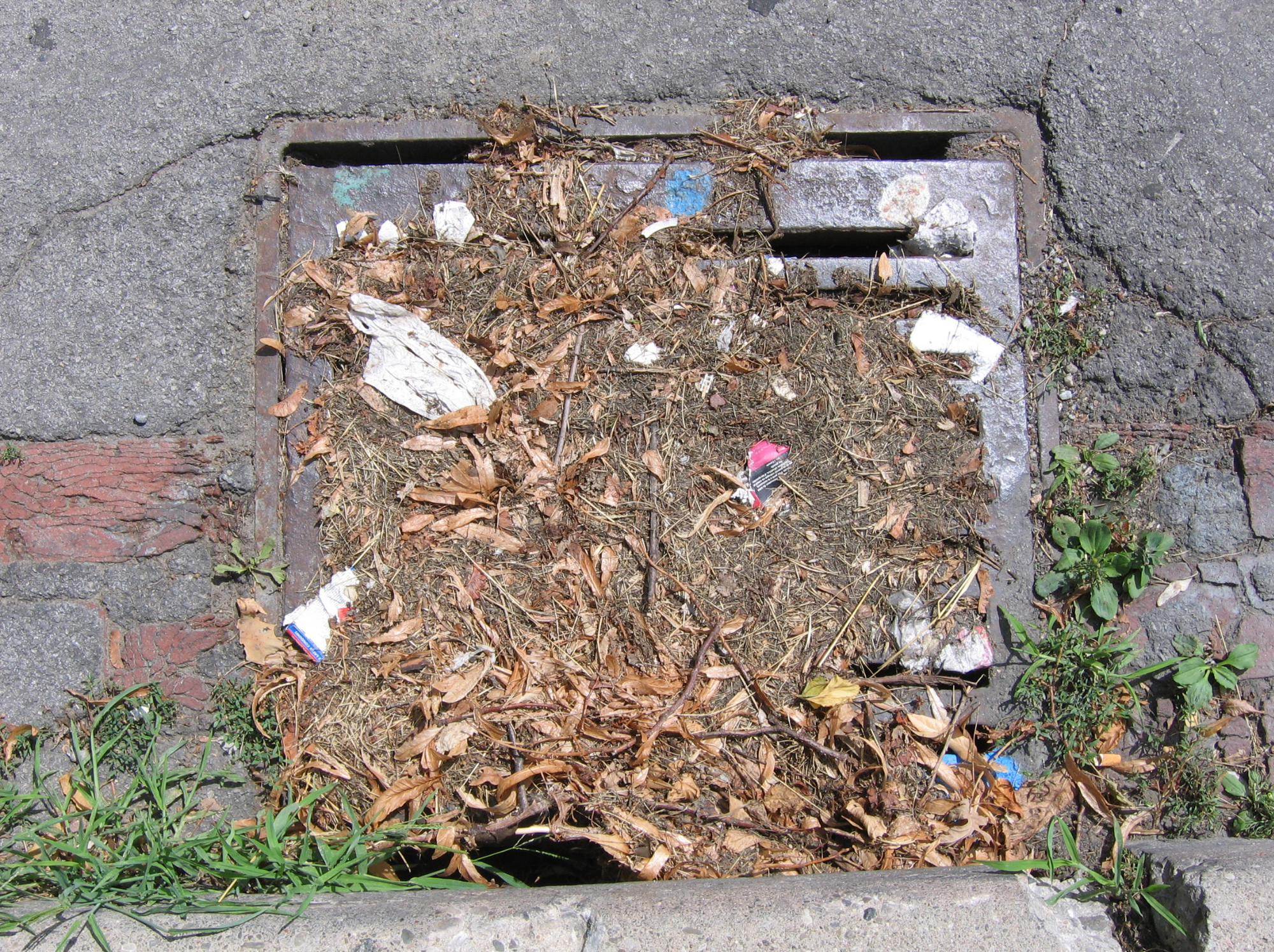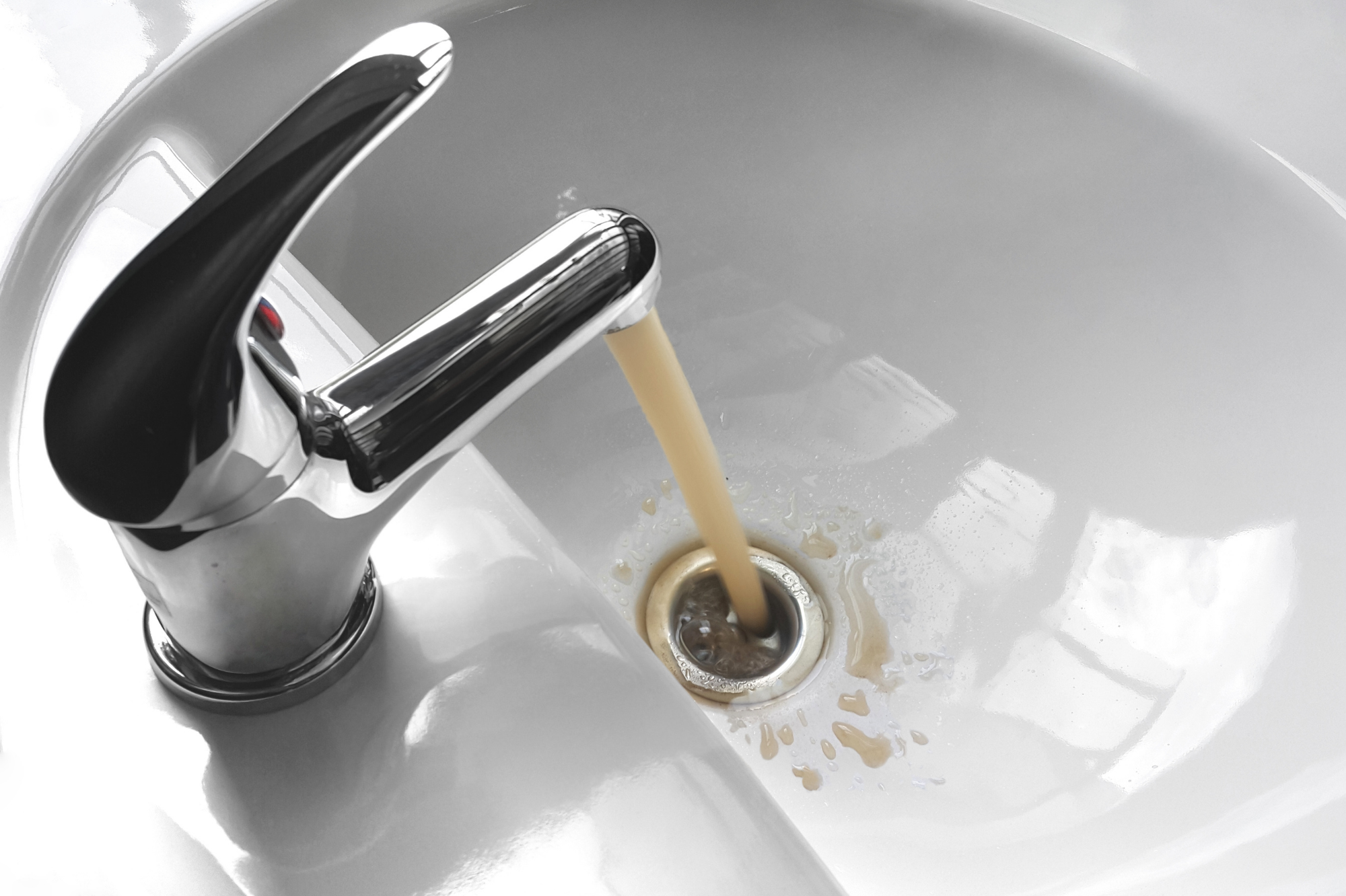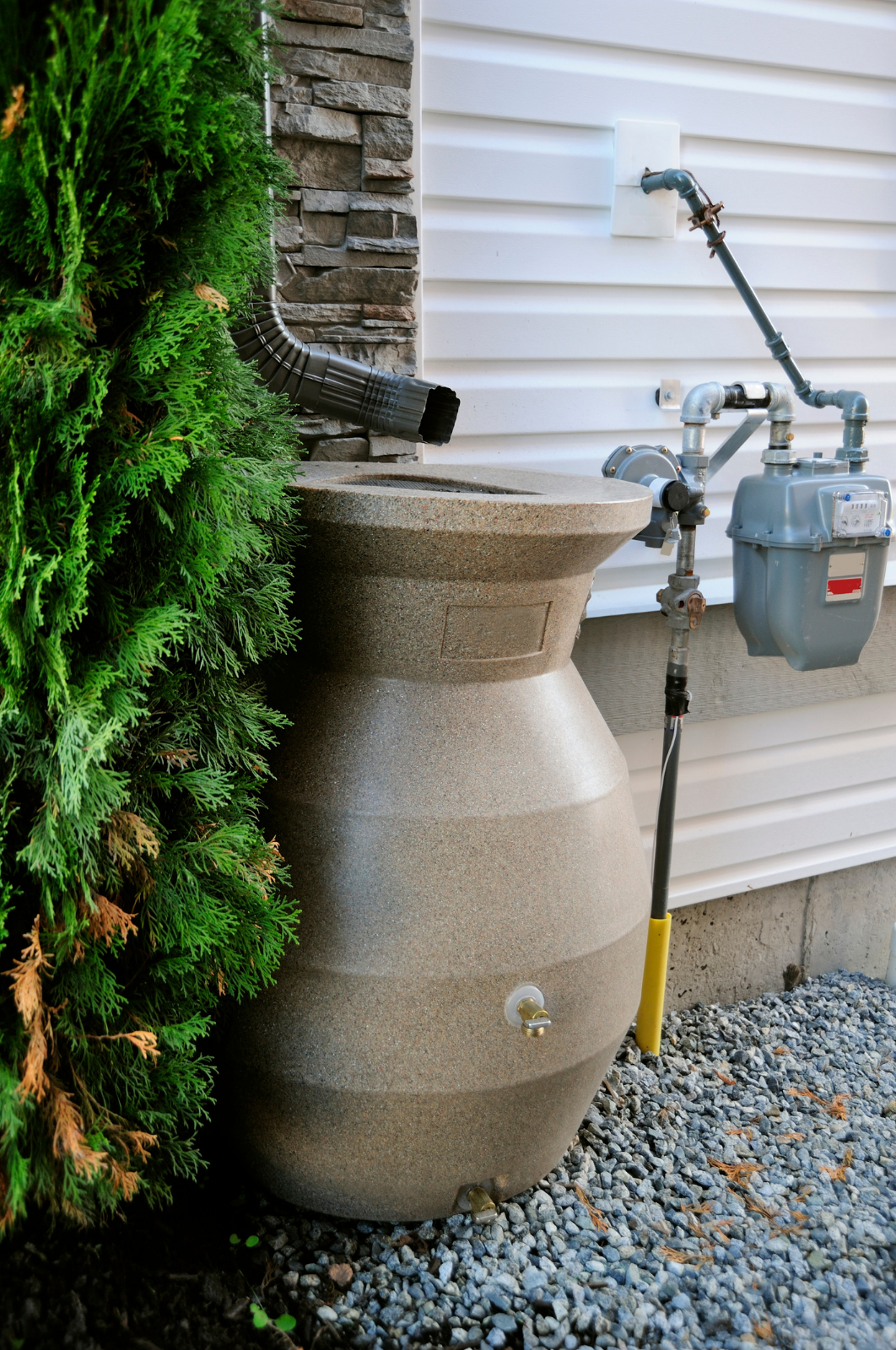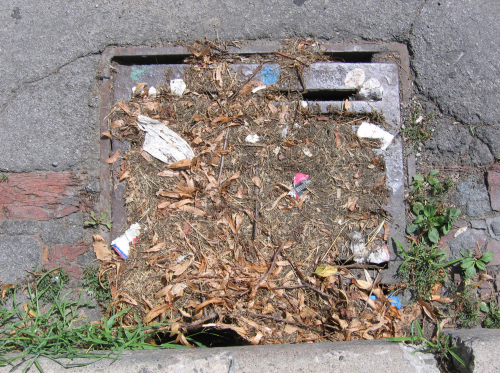How to prevent and minimise the impact of flood to our homes
Malaysia is blessed with tropical weather all-year round and free from severe natural disasters such as earthquakes and volcanic eruptions. While the country is well-known for its hot and humid climate and tropical tourist attractions, there are downsides such as the monsoon seasons that hit the east and west coast of Peninsular Malaysia and East Malaysia in different months which may be disruptive to one’s life.
Malaysia receives an abundance of rainfall throughout the year, with regular thunderstorms to follow. The average rainfall in Malaysia was recorded at about 2000 m to 2500 m annually, which is among the highest in Southeast Asia. Due to this high rainfall volume, the sudden flash floods and monsoonal floods is now becoming a huge concern in the country, and these floods can escalate rapidly especially when we have heavy downpour, which is what we are currently experiencing. Flash floods that were once labelled “occurring once in 100 years” have now seem to be a regular development: mid-February, affecting eight districts in Terengganu, mid-December 2021 and March this year at Klang Valley which was a shock to the nation. Heavy rain and high tides caused rivers and drainage systems to overflow, plunging many urban areas into overflowing water and causing many to be stranded for hours, even days in their vehicles or homes. Countless properties and vehicles were damaged as a result of being submerged in water for long hours.
With climate changes, rapid development and urbanisation, Malaysia is experiencing an increased number of flood disasters over the recent months and is expected to see increased projected rainfall and flooding events for the coming years. The significant impacts to socio-economic activities and the safety of the community brought by the floods have alarmed people to be prepared in dealing with massive floods, especially when the heavy downpours are still ongoing. While the authorities are taking actions to improve flood mitigation systems in the country, we as citizens can play our part in preventing and minimising the impact of floods to our homes and neighbourhood, at the same time improving our living environment.
Clean and check drainage around your home regularly
Blockages in drainage systems is one of the main causes of flood as water will accumulate in unwanted areas when there is no place for water to flow. It is important to clean drainage around your home regularly to avoid rubbish, leaves and other debris piling up and block drainage paths. You may also work with your neighbours to monitor the drains in the neighbourhood from time to time to ensure smooth flow of water or contact the city’s sewer department immediately if you notice severe blockages.

Hop on the “green roofs” trend!
As suggested by its name, a green roof is a roof covered by plants or vegetation believed to be helpful in absorbing rainwater and mitigating flooding. The concept of green roofs has become very popular in foreign countries in recent years thanks to its benefits that it will contribute to building owners, communities, and the environment. A green roof acts as a stormwater management tool for the building with the water buffering in the plants, substrate and drainage layer, which is useful in reducing water run-offs, preventing water overflow around the area, and removing pollutants from the rainwater. However, there are many things to consider when building a green roof such as the structure of the house to hold the load of a rain-soaked roof, plant selection, and drainage system. Be sure to consult professionals in the construction and architecture industry to ensure your green roof is safe and able to deliver the benefits that it promised!

Install a water filter to ensure safe and clean water after flood
You may have experienced contaminated water running out from your tap after a flood. This is because when a flood occurs, water washes out garbage, mud, and wastes from sewage systems and drains, and flows into reservoirs, wells, and water pipes that supply your daily water usage. According to Mr. Koo Zao Cheong, Regional Business Development Manager of Waterco Malaysia (a leading one-stop solutions provider for safe and healthy water environment company), having a water filtration system installed at home will help to provide clean and safe water after floods.

“Water contamination is one of the biggest issues after a flood event. Without clean and safe water, people are not able to carry out their daily activities and their health is also at risk. This stresses the importance of the need of high-quality water filtration systems to provide safe-to-use water to ensure quality living and minimise the impact of flood to one’s health and daily life. A home water filtration system is installed at the point of entry of water, which means that the water has been filtered when it comes out of your home taps,” explained Mr. Koo.

Install a home rainwater harvesting system
Rainwater harvesting is not something new but is still an unfamiliar term for most people in Malaysia. It is an interesting concept to collect rainwater and reuse it for gardening and cleaning after it is filtered by the rainwater harvesting system. A rainwater harvesting system collects rainwater flowing from the roof and downpipes and stores it in the water tank for future uses.
Mr Koo Zao Cheong said, “Rainwater harvesting system is not only an environmentally-friendly option that reduces water usage, studies also found that this system also helps in decreasing rainwater run-offs by collecting water in water tanks, thereby avoiding potential overflow of drainage systems during storms.”

The lesson that we have learnt from the recent flooding events is to get ourselves prepared and do our part to minimise the impact of floods to our homes and the community. Although individual efforts may seem minimal, let us do our best in protecting our homes against floods while contributing positive outcomes to the environment.
This content is provided by SLPR Worldwide Group.
RM12.50 / month
- Unlimited access to award-winning journalism
- Comment and share your opinions on all our articles
- Gift interesting stories to your friends
- Tax deductable
